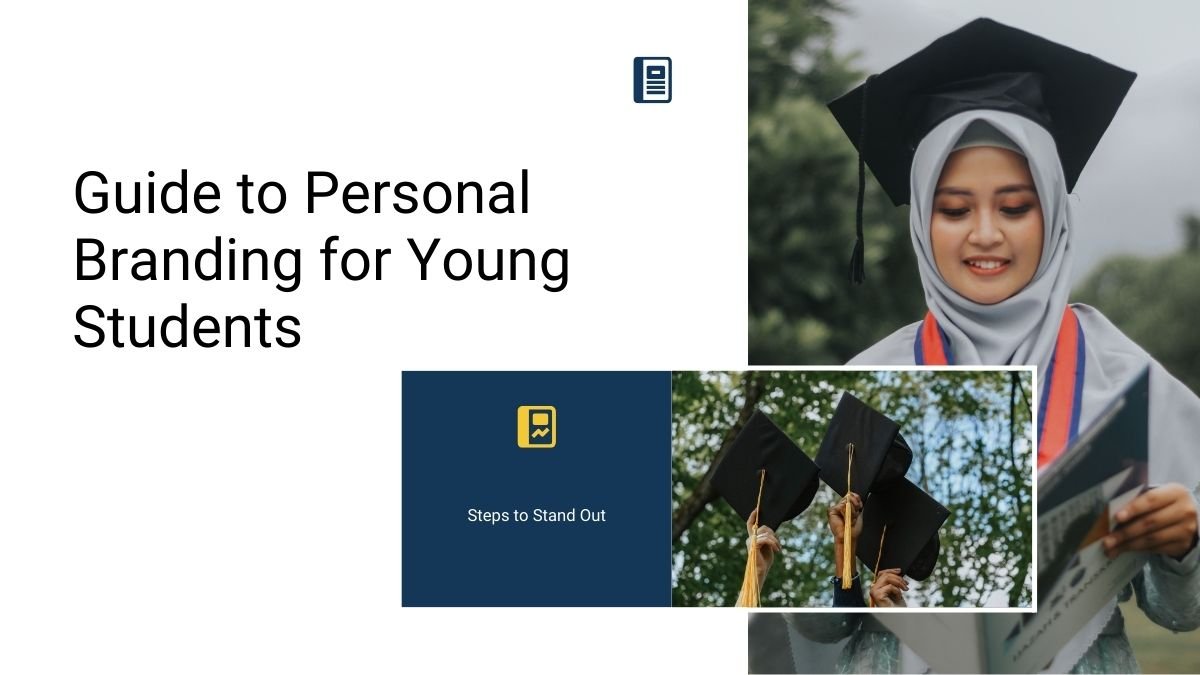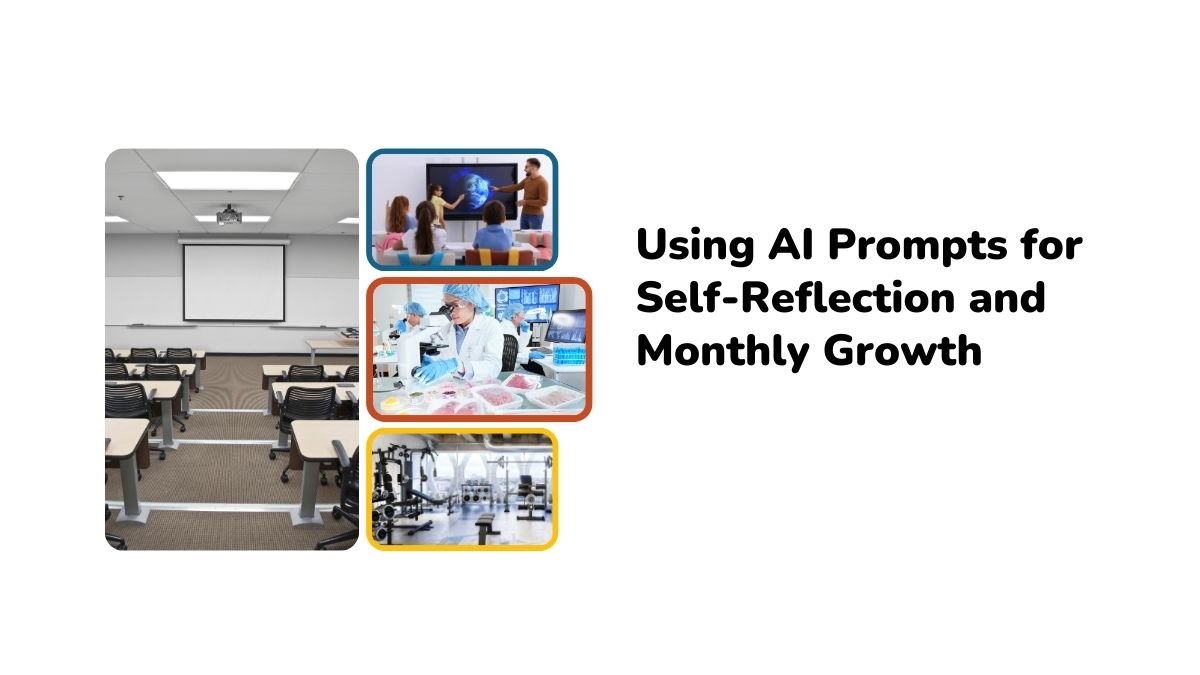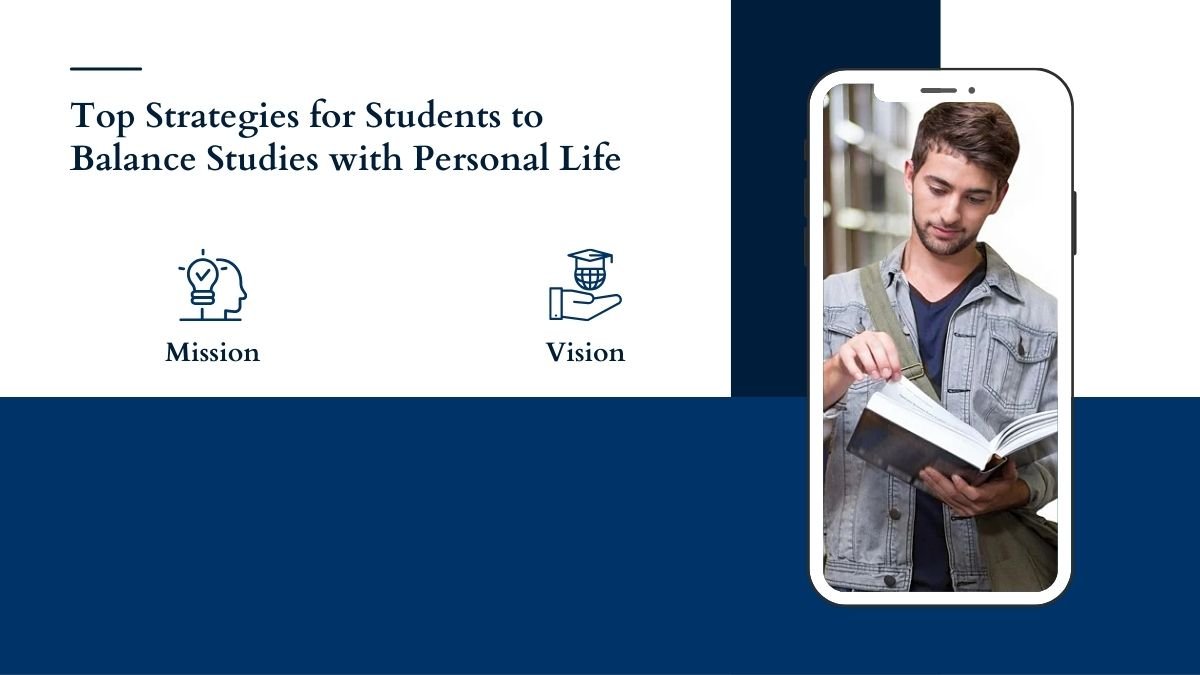Personal Branding – The Secret Mantra for Students to Build Their Future
In today’s world, just good marks or degrees are not enough. Companies and scholarship providers also want to see how you present yourself, what you are known for and how your thinking or identity is different from others. This is called personal branding.
In simple words, personal branding means giving yourself a unique identity, so that people remember you and the right opportunities are automatically drawn towards you.
Imagine, if two students go for a job interview with the same degree from the same college, then whom will the employer choose? The student who has just studied, or the student who, along with studying, has shared his work online, shown projects, networked with people and given himself a clean identity. Obviously, the second student will go farther.
Why is personal branding important?
- Increases job and scholarship opportunities – When your digital footprint is strong, companies and institutes will easily notice you.
- Builds self-confidence – When you know who you are, what your qualities are and what people know you for, confidence comes automatically.
- Stands out from the crowd – Millions of students graduate every year. The best way to stand out from the crowd is to have a personal brand.
- Makes networking easier – When people are impressed with your work, they automatically want to connect with you. This leads to new friends, mentors and career guides.
Now let’s understand it step by step.
Phase 1 – Understanding yourself and deciding the brand
The first and most important step of personal branding is to know yourself. If you are not clear about yourself, how will the right message reach outsiders?
1. Identify your strengths and passions
Think about what you enjoy the most. Which subject do you study so quickly that you don’t even realise the time? Which work do people want you to do because you are good at it? These are your strengths and passions.
Example: If you are studying computer science and you are concerned about the environment, then your passion can be “sustainable technology solutions”.
2. Decide your purpose and values
Your thinking and your values will determine the direction of your brand.
- Do you believe in social work?
- Do you want to promote innovation and technology?
- Are you good at leadership and teamwork?
The answers to these questions will strengthen your identity.
3. Write your Unique Value Proposition (UVP)
This is a short statement in which you tell who you are, what you do and what you are known for.
Example:
“I am a computer science student who is passionate about creating sustainable technology for the environment.”
Phase 2 – Build a digital and offline presence
Now that you know who you are and what you stand for, it’s time to get it out to the world.
1. Create a LinkedIn profile
- LinkedIn is the biggest platform for professional branding today.
- Add a clean and professional photo.
- Write your UVP in the headline.
- Add projects, volunteering and club activities to the profile.
2. Create a personal website or portfolio
If you are in a creative field or technical subject, a website can be a game-changer for you.
- Design students can showcase their artwork and designs.
- Programming students can share their GitHub projects.
- Writers can post their articles and blogs.
3. Clean up social media
Your social media profiles are also a part of your brand. So it is important that you do not put things there that look unprofessional.
- Delete old unnecessary posts.
- Share content that aligns with your identity.
4. Engage thoughtfully
- Follow industry leaders.
- Comment intelligently on their posts.
- Share articles and videos that strengthen your brand.
5. Offline presence
Your brand should be visible in the real world, not just online.
- Participate actively in class.
- Take responsibility in group projects.
- Be nice to professors and peers.
Phase 3 – Creating and sharing content
Content is what you put out to the world – be it an article, a video, or a project. This is what builds your identity the fastest.
1. Share your learning journey
Nowadays people love to see what you are learning.
- Post interesting things you learn in class.
- Share your experience while learning a new skill.
2. Write articles and blogs
Write short articles on Medium or LinkedIn. In this, you can share your thoughts, industry trends or case studies related to coursework.
3. Create videos or podcasts
If you like speaking on camera, upload short videos on YouTube or TikTok. If you like to talk, start a podcast.
4. Show projects
- Technical students – share hackathon or class assignments.
- Creative students – share their designs, paintings or music.
Phase 4 – Networking the right way
Personal branding will make people notice you, but to move forward you have to do networking.
1. Connect with alumni
Contact the alumni of your college or university. They can guide you and also provide job opportunities.
1. Attend events and clubs
Attend workshops, seminars, career fairs and student clubs. This will expand your network and identity.
2. Build relationships with professors
Interact with professors by being active in class and attending office hours. They can become great mentors and references.
4. Build real relationships
Networking is not just about gathering contacts. Support others, share your knowledge and build trusted relationships.
Phase 5 – Keep the brand evolving
Personal branding is not a one-time thing. Your brand should evolve as you grow.
1. Get feedback
Ask your professors, mentors and friends how they see you. This will give you a chance to improve.
2. Stay updated
Learn new skills, keep an eye on industry trends and change your brand when needed.
3. Be Patient
A strong brand is not built in a month or two. It is built with time, effort and consistency.
Conclusion
Personal branding is not a fancy thing but it is a must for every student. When you present yourself in a better way to the world, people recognize you by your true qualities and not just by your degrees or marks.
Remember – your brand is what people say about you when you are not present in the room.
So as soon as possible, start identifying yourself, get your work out there and gradually strengthen your identity. This identity will get you scholarships, internships, jobs and most importantly, confidence.








